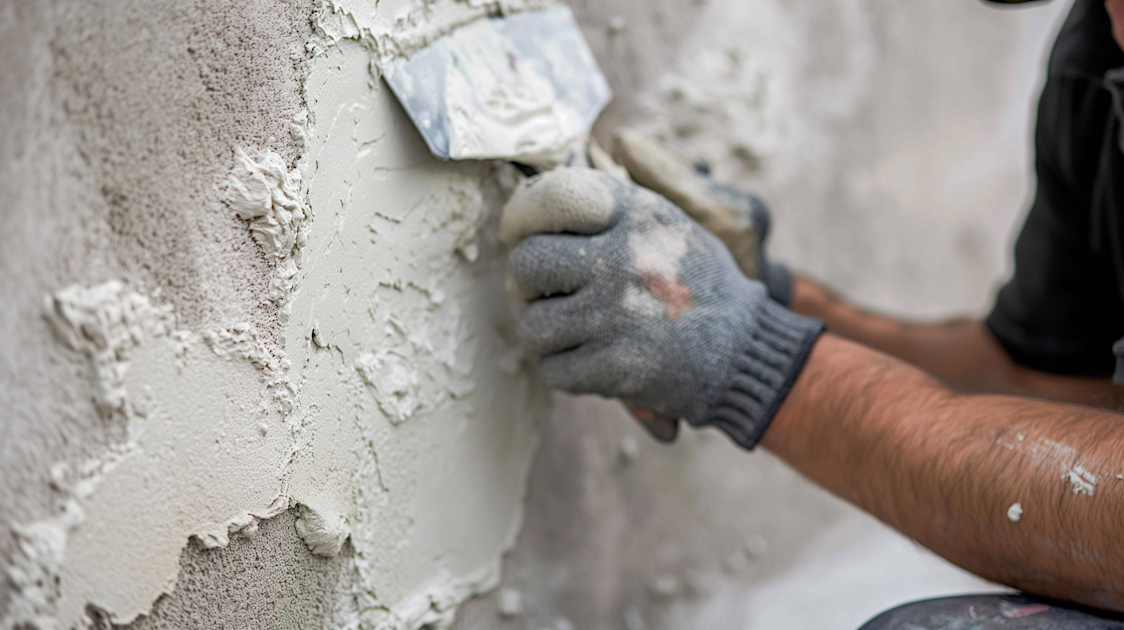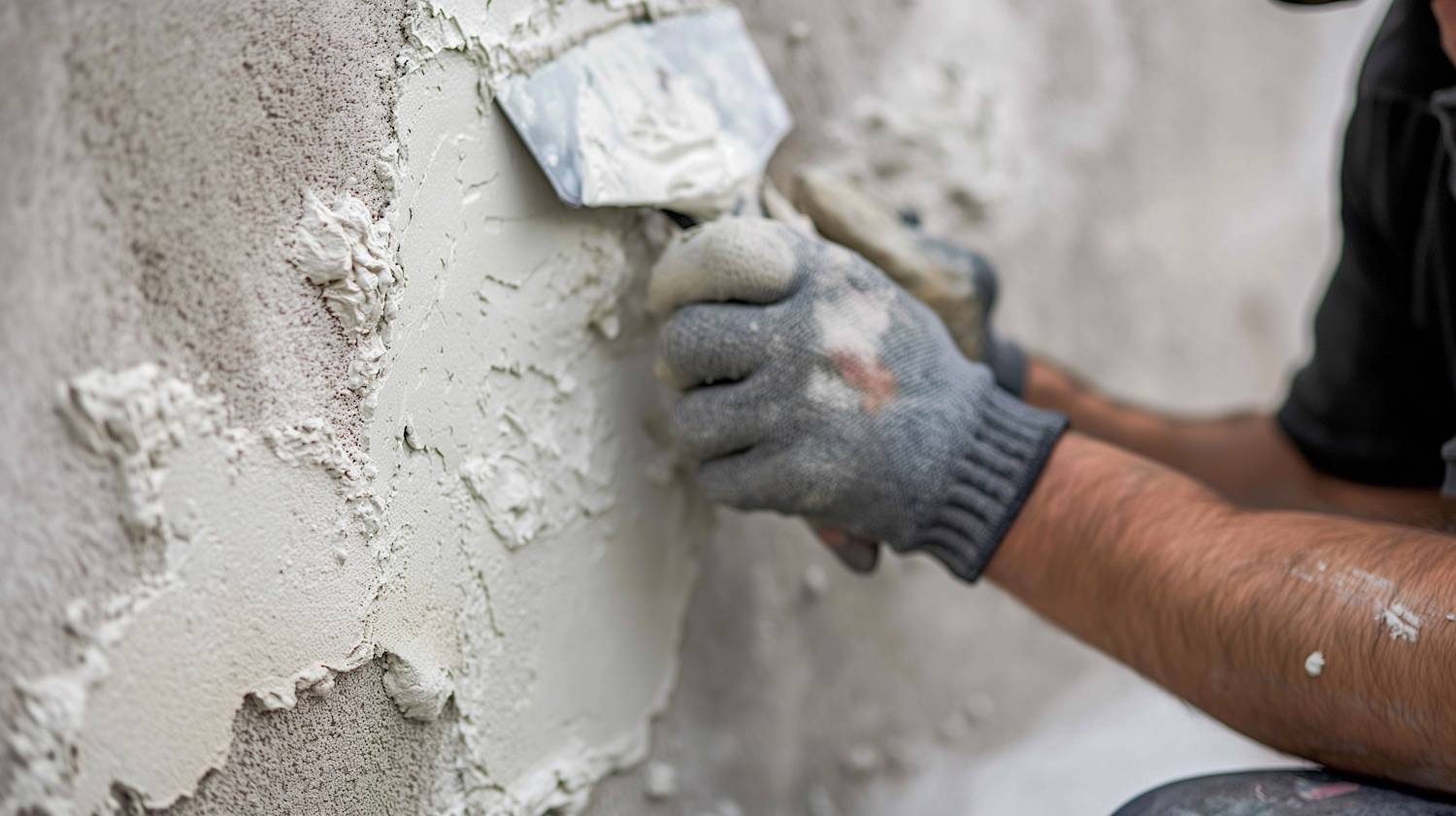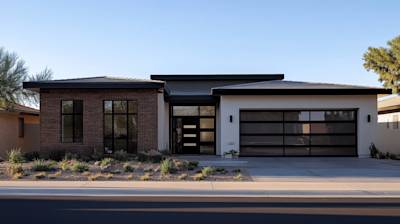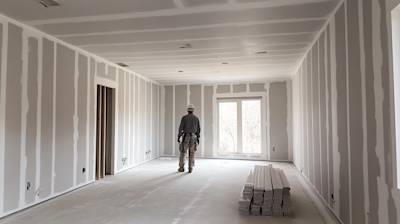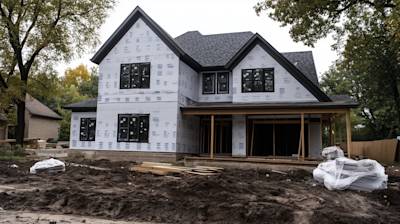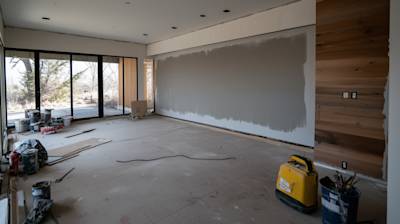Applying stucco to your walls is an excellent way to enhance the aesthetic appeal and durability of your home. This popular building material is composed of cement, sand, and lime, which provides a robust, weather-resistant and attractive finish. Whether you are doing a home renovation project or a new construction, knowing how to apply stucco correctly can save you time and money. Here are some expert tips on how to apply stucco to ensure a successful project.
Understanding the Basics of Stucco
Before diving into the application process, it's crucial to have a clear understanding of what stucco is. Stucco is a type of plaster that is mostly used as a coating for walls and ceilings. Its versatility in texture and color makes it a preferred choice for many homeowners.
When to Apply Stucco
The application of stucco is best done during moderate temperatures – avoid freezing or excessively hot conditions. Also, avoid applying stucco in direct sunlight or strong winds, as these conditions can cause the stucco to dry too quickly and crack.
Materials and Tools Required
Having the right materials and tools is essential for applying stucco. Here are the things you will need:
- Stucco mix
- Water
- Buckets
- Mixing tool
- Trowels
- Masonry brush
- Corner aids
Step-by-Step Guide to Apply Stucco
Step One: Preparing the Surface
The first step in applying stucco involves preparing the surface. Ensure that the wall is clean and free from dirt, oils, paint, and old stucco. Use a pressure washer to clean the surface thoroughly and let it dry for 24 hours.
Step Two: Applying the Stucco Mix
Start by mixing the stucco as per the instructions on the package. Begin applying the stucco from the bottom up, spreading it evenly with a trowel. The first layer, or scratch coat, should be 1/4 to 1/2 inch thick.
Step Three: Scoring the First Coat
Once the first coat begins to harden(about one hour after application), it needs to be scored or scratched with a raking tool. This helps the second layer adhere better. Allow this first layer to cure for 48 hours before proceeding to the next step.
Step Four: Applying the Second Coat
Apply the second coat (also called the brown coat) following the same process as the first one. Try to keep this layer at the same thickness as the scratch coat to avoid cracking. This layer should also be left to cure for 48 hours.
Step Five: Applying the Finish Coat
After the second coat has dried, it's time to mix and apply the finish coat. This layer will create the final texture and appearance of your wall. Be sure to follow the manufacturer's instructions for the desired texture.
Caring for Your Stucco
Maintaining your stucco wall is relatively easy. Regularly inspect it for cracks and repair them as necessary. Avoid pressure washing stucco as it can damage the finish. Instead, clean it gently with a garden hose and soft brush.
Learning how to apply stucco may require some patience and practice. With these expert tips, the process should be easier and more efficient. Remember, preparation is as crucial as the application process.
Frequently Asked Questions About How to Apply Stucco
What are the first steps to applying stucco?
Before you begin to apply stucco, you need to ensure your wall is properly prepared. This involves cleaning the surface thoroughly to remove any dust or debris, and then dampening the surface so the stucco can adhere properly.
How do you mix stucco?
Stucco is typically mixed using a mixture of sand, cement and water. It is crucial to attain the right consistency, which should be similar to a thick peanut butter. Mix your materials in a large bucket or wheelbarrow until you achieve this consistency.
What tools do you need to apply stucco?
Some basic tools you may require include a trowel for application, a plaster's hawk to hold the stucco, a bucket trowel for scooping stucco mix, and a water brush or spray bottle for wetting the wall surface.
How do you spread stucco?
To apply stucco, begin by loading up your trowel with a good amount of stucco mix. Apply the mix to the wall using an upward motion and press it firmly against the surface. It’s important to try and maintain a consistent thickness.
How many coats of stucco are needed?
Typically, three coats of stucco are applied: a scratch coat, a brown coat, and a color or finish coat. Each layer should be appropriately dry before the succeeding layer is applied, and the surface should always be wet before applying the next coat.
How long does it take for stucco to dry?
The drying time for stucco can depend on a variety of factors, such as the temperature and humidity level. However, as a standard rule, it is advisable to let each layer dry for a minimum of 48-72 hours before applying the next coat.
Do you have to wet stucco before painting?
Before painting over stucco, it is not necessary to wet the surface. However, the stucco should be clean, dry, and well-cured, so it's better to wait at least 30 days after the stucco application to begin painting.
Can you apply stucco over old stucco?
Yes, you can apply new stucco over old stucco, provided that the existing layer is in good condition. If there are cracks or other forms of damage, these will need to be repaired before applying new stucco.
How do you repair stucco cracks?
Small cracks in stucco can be repaired using a high-quality caulk or sealant. Larger cracks and damages may need a professional touch or require you to mix fresh stucco for a patch job.
Can stucco be applied in cold weather?
Stucco application in cold weather is possible but comes with its challenges. The key is to ensure the stucco doesn’t freeze before it has had a chance to cure properly. It's best to consult a professional under such circumstances.
How long does stucco last?
When applied correctly, stucco can last for many decades. Its longevity can be affected by external factors including climate, maintenance, and the quality of the material and application.
Can you apply stucco on a wood surface?
Stucco can indeed be applied on a wood surface. However, before application, it's essential to install a moisture barrier and metal lath to protect the wood and ensure proper adherence of the stucco.
Pros and Cons of Applying Stucco
Pros of Applying Stucco
Durability
One of the primary benefits of stucco application is its durability.
- Stucco is extremely resistant, withstanding the test of weather, time, and even physical impact. It offers an impressive lifespan, often lasting several decades without needing major repair.
- Its texture also allows it to handle various climate changes better than most other materials, and it is resistant to rot, molds, and mildew.
- Stucco is also fire-resistant, reducing the risk posed by accidental fires.
Variety and Aesthetics
Another advantage of applying stucco is its aesthetic flexibility.
- Stucco comes in a wide range of colors and textures, providing several design options. You can choose the one that suits your personal style or complements the architectural style of your house the best.
- Applying stucco can also contribute to the overall attractiveness and perceived value of your home.
Insulation Benefits
Stucco provides good insulation.
- Being a great thermal insulator, stucco application can result in lower energy bills as it helps in keeping the home warmer in winter and cooler in summer.
- The application of stucco also contributes to soundproofing the house, providing you with a more tranquil and peaceful environment.
Cons of Applying Stucco
Demanding Application Process
While stucco provides several advantages, applying it can be somewhat complex and demanding.
- The stucco application process requires a high level of skill and experience. Doing it on your own can be challenging, especially if you have no prior experience with it.
- The application process is also time-consuming and labor-intensive, as it requires multiple layers for a perfectly finished surface.
Expense
Applying stucco can be more expensive compared to some other siding materials.
- The material itself is quite expensive, and so is the labor cost due to the skilled work required.
- Moreover, stucco maintenance, repair, or removal can also add up to the overall cost in the long run.
Not Suitable for All Climates
Even though stucco can handle a variety of climates, it's not suitable for all of them.
- Stucco is susceptible to cracking in areas with frequent temperature fluctuations.
Conclusion
While the pros of applying stucco include durable, attractive, versatile, and insulating properties, the cons involve a demanding application process, potential for higher costs, and limitations on suitability for certain climates. Knowing these pros and cons should help you decide whether stucco application is right for your home.
Summary
Throughout this guide, you've learned the steps on how to apply stucco. It's important to remember that properly preparing your surfaces and following each step with care will ensure a successful and durable stucco installation. So whether you're working on a fresh wall or patching up an old one, these techniques will help you do the job better and more efficiently.
You now have all the necessary information about how to apply stucco. Regardless if you're a DIY enthusiast or a professional builder, mastering these techniques will allow you to create textured walls that not only look great but also stand the test of time. Don't forget, practice makes perfect--the more you engage with these methods, the better your end results will be.
Lastly, we hope this detailed guide has been insightful and makes your stucco application task feel less intimidating. Remember, how to apply stucco is not just about the practical application, but also understanding the importance of each stage. If you follow these steps, our assurance is that you'll effectually complete the stucco application process and achieve a finish that will impress.
About Atlas Stucco
Welcome to Atlas Stucco, your trusted partner for all things stucco based in Sacramento, CA. With a mixture of experience and creativity, we strive to bring our clients’ vision to life. We pride ourselves on our attention to detail, delivering quality craftsmanship, and ensuring client satisfaction. Offering a diverse range of services, Atlas Stucco has become a household name in the Sacramento region. We believe in using top-quality materials and implementing advanced techniques to provide you with aesthetic and durable stucco solutions. Come, be part of our growing family, and let's create incredible spaces together.
Tags: stucco application, stucco techniques, DIY stucco,

